Danny Elfman has amassed a bountiful career of writing film scores. After leading the band Oingo Boingo, Elfman turned his songwriting chops to cinema in the mid-1980s. From his score for 1985’s Pee-Wee’s Big Adventure to recent work on Marvel’s Doctor Strange in the Multiverse of Madness, Elfman’s musical creativity seems to have no limits.
Elfman has more than 100 film scores to his credit with several genres, showcasing his versatility and dedication to the subject matter. Without Elfman, a long list of movies people know and love wouldn’t be the same.
Beetlejuice (1988)
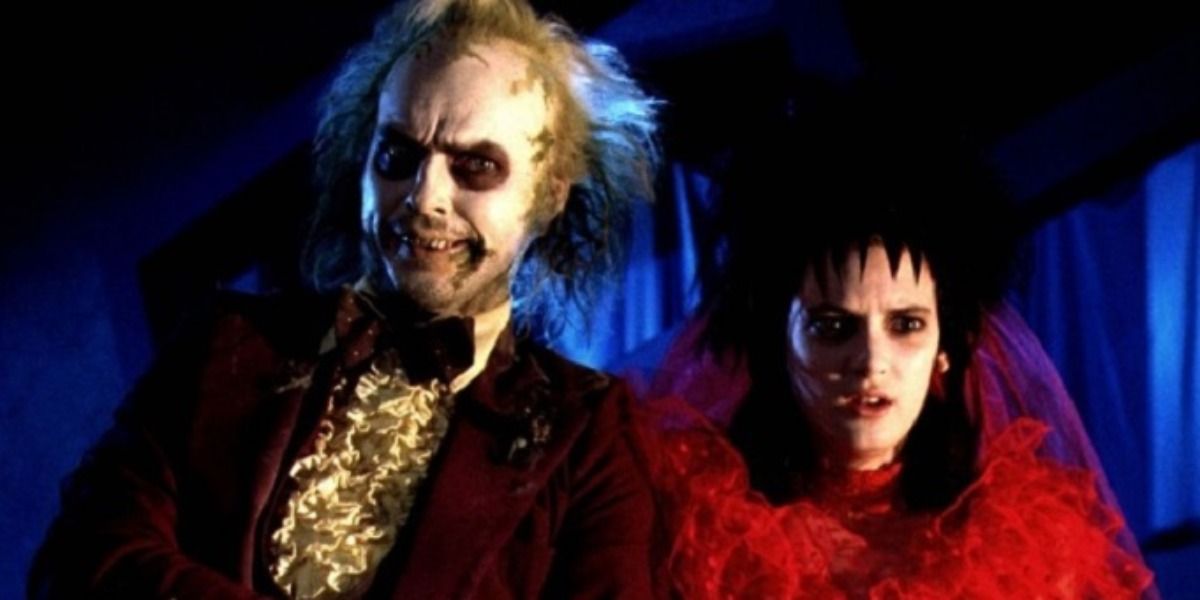
In Tim Burton’s Beetlejuice, a deceased couple find that a new family has taken residence in their old home, and they attempt to scare them away with the help of a malevolent being named Betelgeuse.
Danny Elfman and Tim Burton are a match made in gothic heaven. The main title for Beetlejuice is pitch-perfect for the movie. It’s suspenseful with violins and horns that create a dynamic sound. The reference to “Banana Boat (Day O)” by Harry Belafonte is a clever choice. There’s an upbeat piano, but the low tones indicate that something nasty is coming. The addition of a ghostly choir is a nice touch. The main theme straps the viewer in for a chaotic ride, perfectly fitting the nature of the film.
Edward Scissorhands (1990)
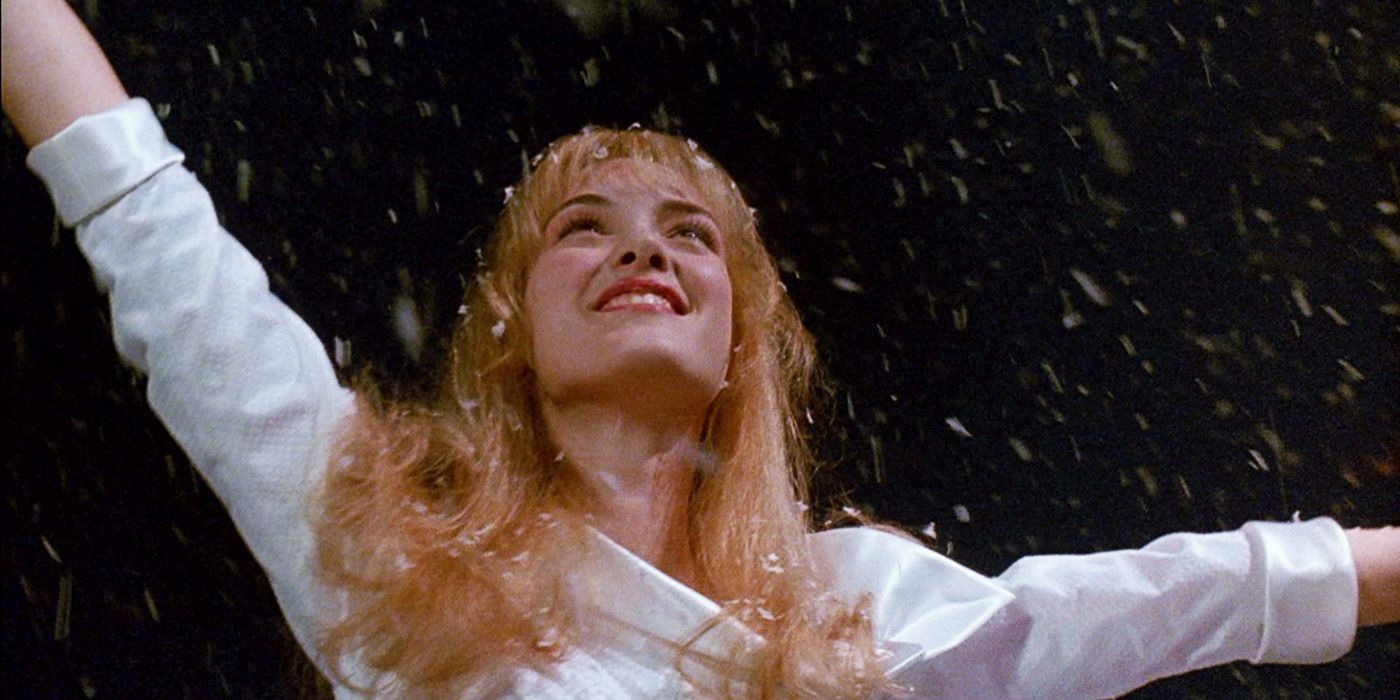
Edward Scissorhands is far from a monstrous individual. His story is a tragic one: He is forced to live a lonely life simply due to the way he was made. Elfman’s melancholy score matches the soul of this character.
Haunting and beautiful with a soft chorus, violin, and harp, Elfman’s work on Edward Scissorhands was indispensable. Audiences hear a softer and gorgeous side to Elfman’s creativity.’s “Ice Dance,” an iconic track with over 20 million streams on Spotify, is magical. It makes sense, considering Edward makes it snow in front of Kim by creating an icy angel modeled after her; as though he’s blessing her with his creation. Also, the scene takes place during Christmas, and considering that as well as the angel sculpture, it makes sense that the track takes a Christmasy feel.
The Nightmare Before Christmas (1993)
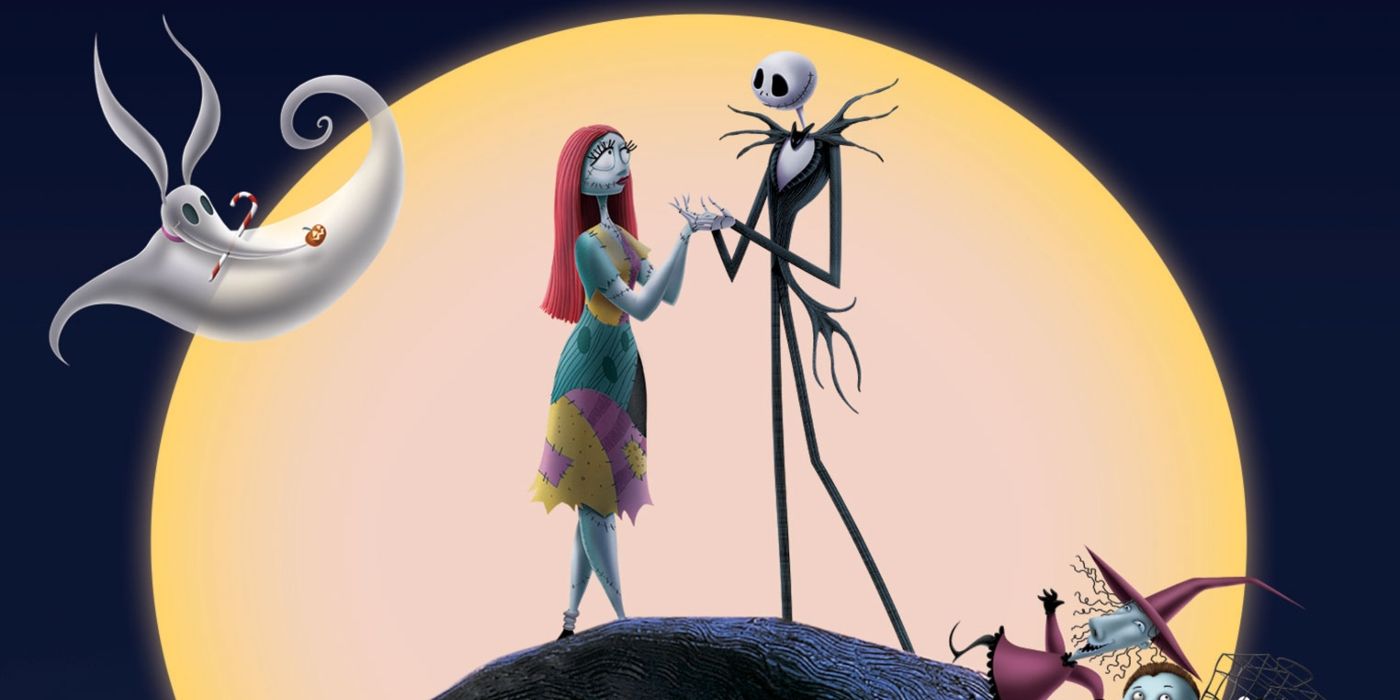
The Nightmare Before Christmas has been beloved by Disney fans for decades. It also bears mentioning that Elfman himself voices the character of Jack Skellington, something that makes this film stand out from the rest.
Elfman beautifully sings “Jack’s Lament,” and “This is Halloween” is an eccentric, mischievous, and overall exciting introduction to Halloween Town. The lyrics are creative and speak to almost every creepy Halloween trope. Most importantly, the lyrics indicate that Halloween Town is less about being mean and more about the excitement of the “next surprise.” The song “What’s This?” which has 0ver 41 million streams on Spotify, adds in some familiar Christmas inspired sounds, such as bells, and leaves the listener with an excited, upbeat feeling.
Men In Black (1997)
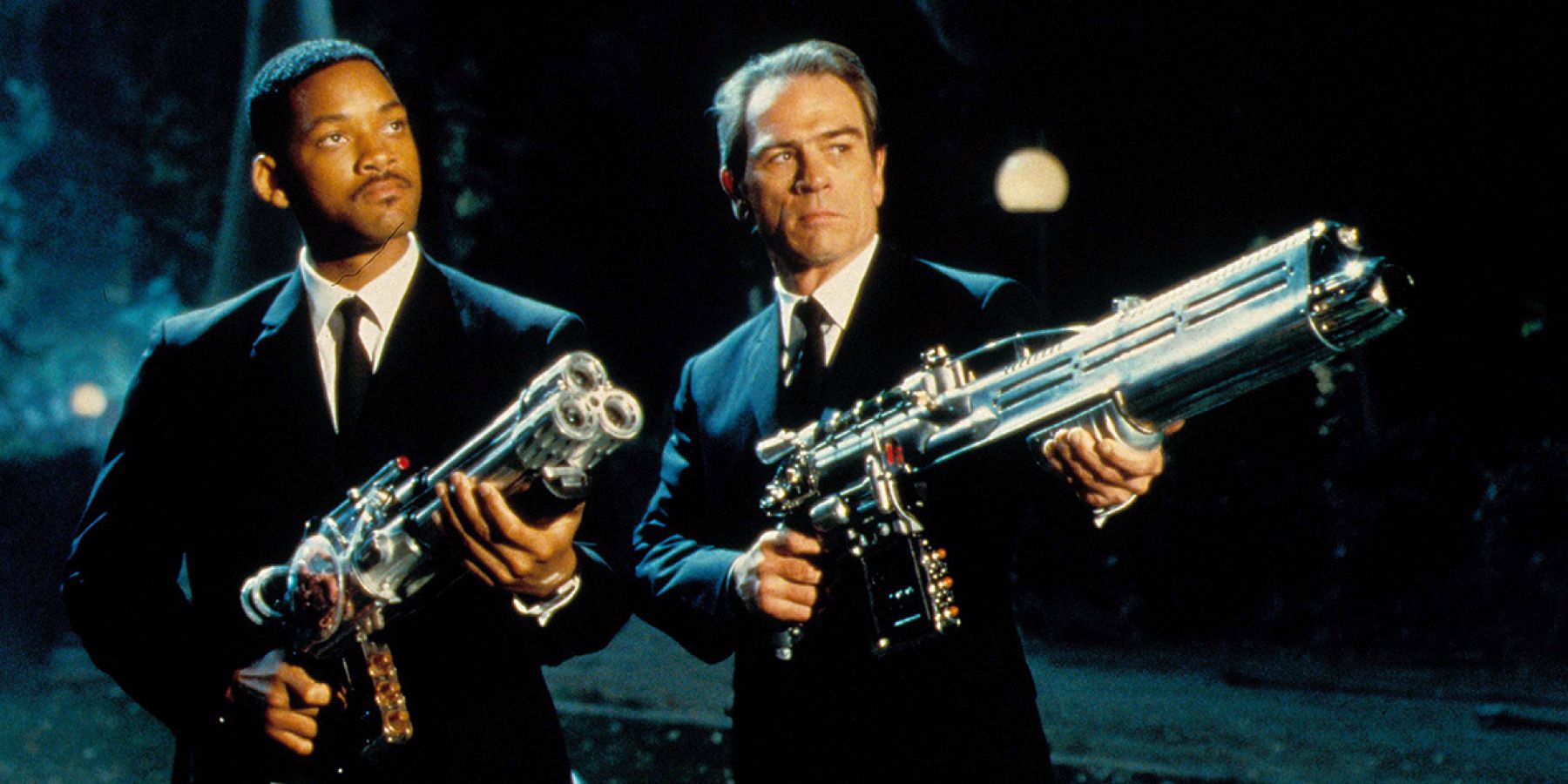
Men in Black is a sci-fi action movie about a secret organization that regulates alien immigration on Earth. Naturally, given the strange and exciting premise of the movie, Elfman created a theme that fits the bill.
The main theme is paired with a CGI dragonfly that ends up being killed by a truck driver. The theme starts off eerie, with sound effects like jangling metal and a heartbeat. The best way to describe the theme is experimental. It takes several different elements such as the intensity of a booming percussion and electric guitar teaming up with an orchestra, and banging metal pipes against each other with a funky bass and saxophone to create a theme that makes the blood pump.
Sleepy Hollow (1999)
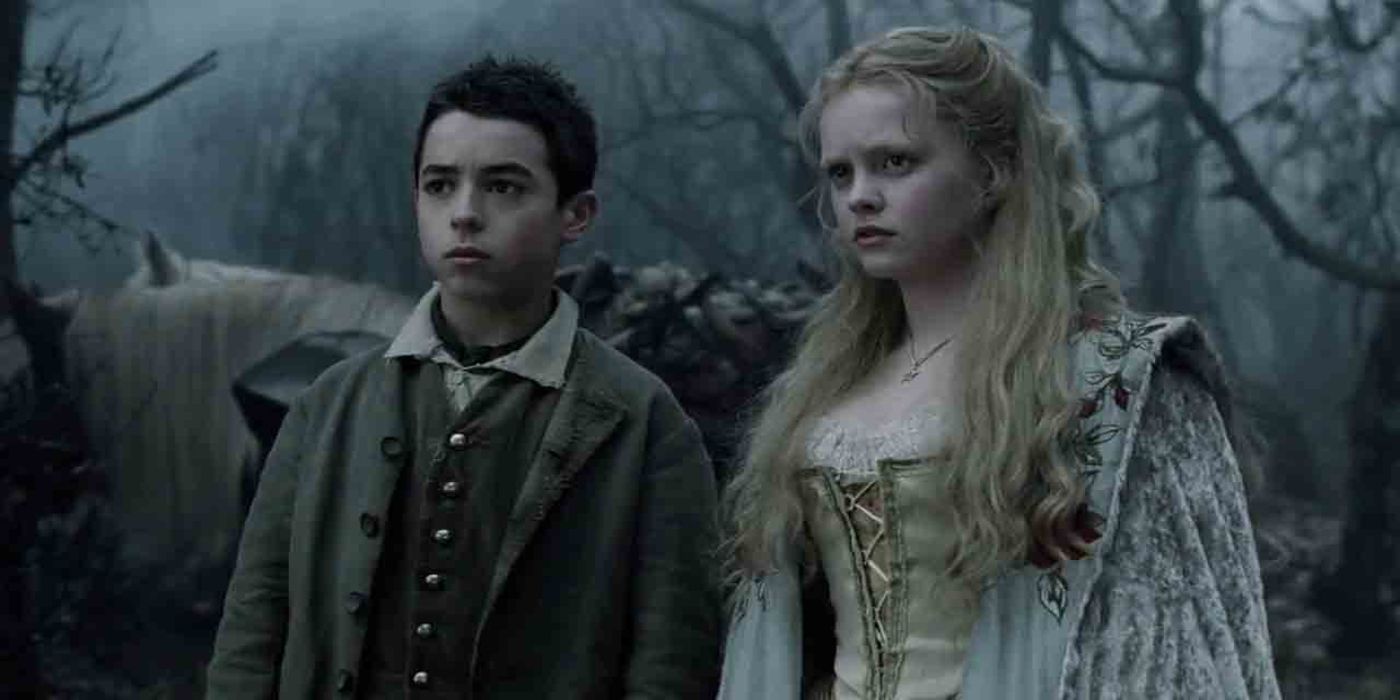
Sleepy Hollow is a fantasy-horror movie about an investigator sent to a town called Sleepy Hollow to investigate a string of decapitations. Horrifying, gothic, and romantic, Elfman curates another masterpiece to accompany Tim Burton’s dark vision.
The carriage meets the eye of Ichabod Crane, and a bell tolls. The camera follows the carriage as it rides along a dirty path beside a gray lake and cloudy sky. The foreboding orchestra compliments the shots; it creates an intimidating atmosphere. Nothing in particular is posing immediate danger, but the music tells the audience that something weird and terrifying awaits beyond the trees. The instruments used in this piece are, fittingly, mostly traditional. The music puts the listener in unease, as one should be when watching this movie.
Spider-Man (2002)

Twenty years later, there have been Spider-Man movies and reboots galore, but Elfman added his talents to the web-slinger’s first live-action film starring Toby Maguire in 2002.
The opening credits rely visually on CGI that showcase elements of the movie. This makes it so that viewers must rely on the music to tell a story. Within four minutes, utilizing storytelling within the theme indicating a hero’s birth, a climax, and a revelation, Elfman tells the emotional journey of Spider-Man in the opening credits. Strings begin the theme, then is intensified by percussion. The chorus in the piece heralds a hero’s birth. Also notable is “City Montage,” when Peter ruminates on Uncle Ben’s words, preceded by chorus: “With great power, comes great responsibility.” Soon, Spider-Man fights crime, accompanied by Elfman’s daring and exciting music befitting a hero.
Charlie and the Chocolate Factory (2005)
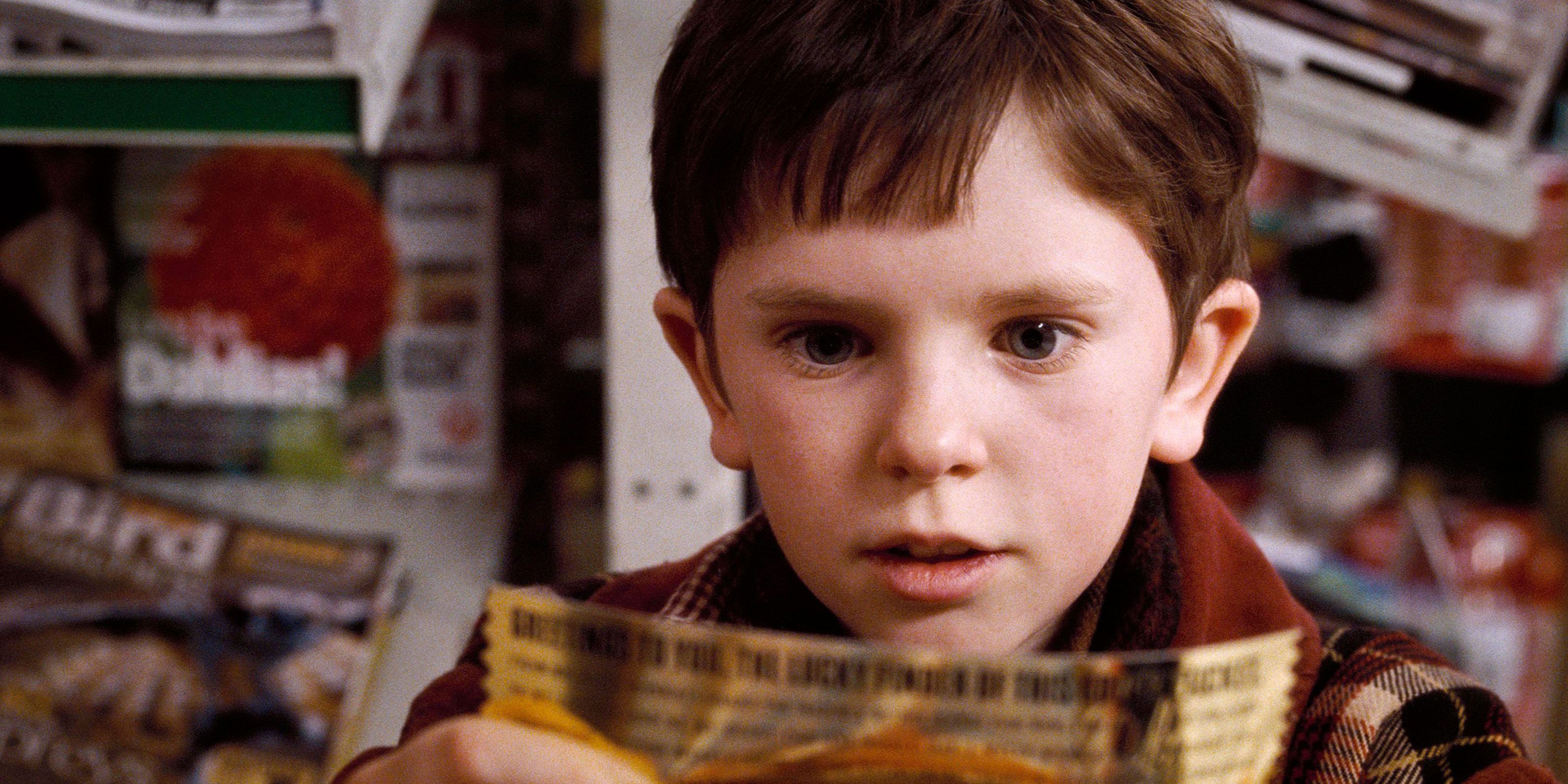
Tim Burton’s Charlie and the Chocolate Factory represented a new twist on Roald Dahl’s immortal classic children’s tale. Despite the songs from its 1971 predecessor being iconic and irreplaceable, Elfman faced the challenge with enthusiasm.
With Violet Beauregarde’s captivating scene, Elfman creates a perfect accompaniment to her transformation. As Violet’s nose turns purple, the violins’ tune goes dark. Something horrific happens to this entitled child; she swells, turning into a blueberry. Horns, percussion, and violins anxiously fill the audiences’ ears as her body swells with juice, climaxing when her transformation is complete. Then, the viewers are treated to a funky sound: an iconic Oompa Loompa performance.
Corpse Bride (2005)
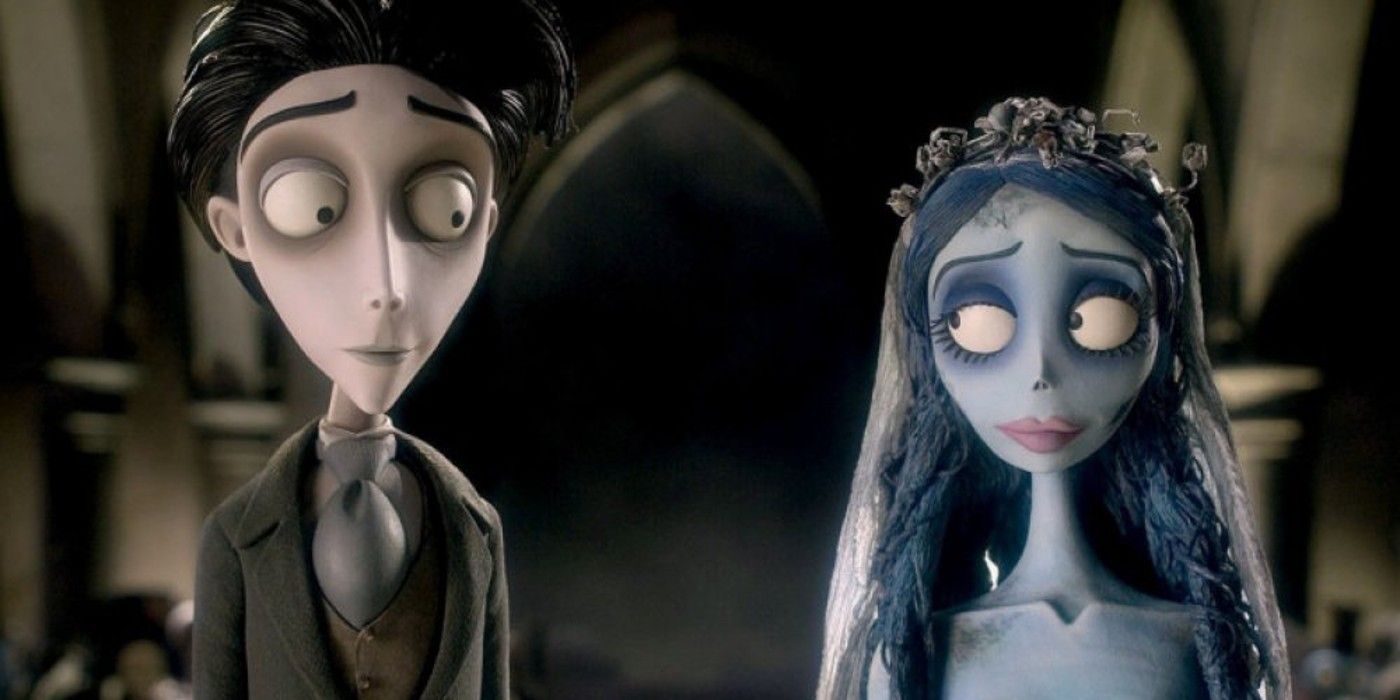
Corpse Bride is an animated gothic romance spearheaded by Tim Burton. A popular film with a beautiful soundtrack, “Victor’s Piano Solo”
and the iconic “The Piano Duet” have over 19 million and 23 million streams on Spotify respectively.
“The Piano Duet” starts off with Emily playing the piano with notes from her song “Tears to Shed.” The song is morose and defeated. Victor comes in, and tries to console her. His words don’t get to her, so he lets his fingers do the talking. He plays the piano with high notes, matching her lower tune in a more hopeful key. When she rejects his initial optimistic advances, he goes in with a happier version of his solo from the beginning of the movie. Soon, the two duet, her adding more depth to his melody. The two find that they compliment each other in a way they didn’t quite understand before.
Fifty Shades Trilogy (2015-2018)
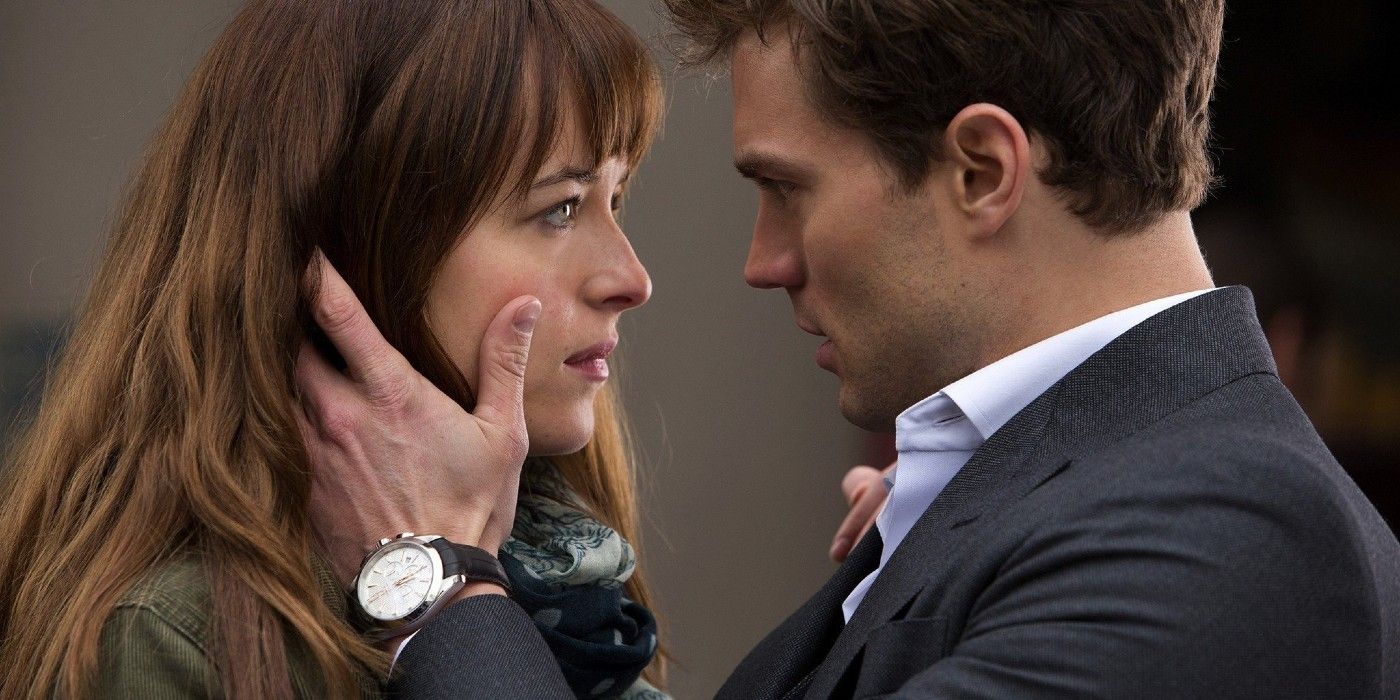
Despite controversy, there’s no denying the popularity of Fifty Shades of Grey at the time. Not to mention, it’s a vastly different genre than what’s commonly found in Danny Elfman’s work.
Elfman’s score with Fifty Shades of Grey is inquisitive. The soundtrack has to be sexy, given the subject matter, but Elfman keeps the nature of the relationship between Ana Steele and Christian Grey in mind. Ana and Christian’s relationship is a mystery unraveling: Ana tries to figure out what makes Christian tick. Elfman highlights this in the Fifty Shades score, which gives the movies more depth than what meets the eye.
Doctor Strange in the Multiverse of Madness
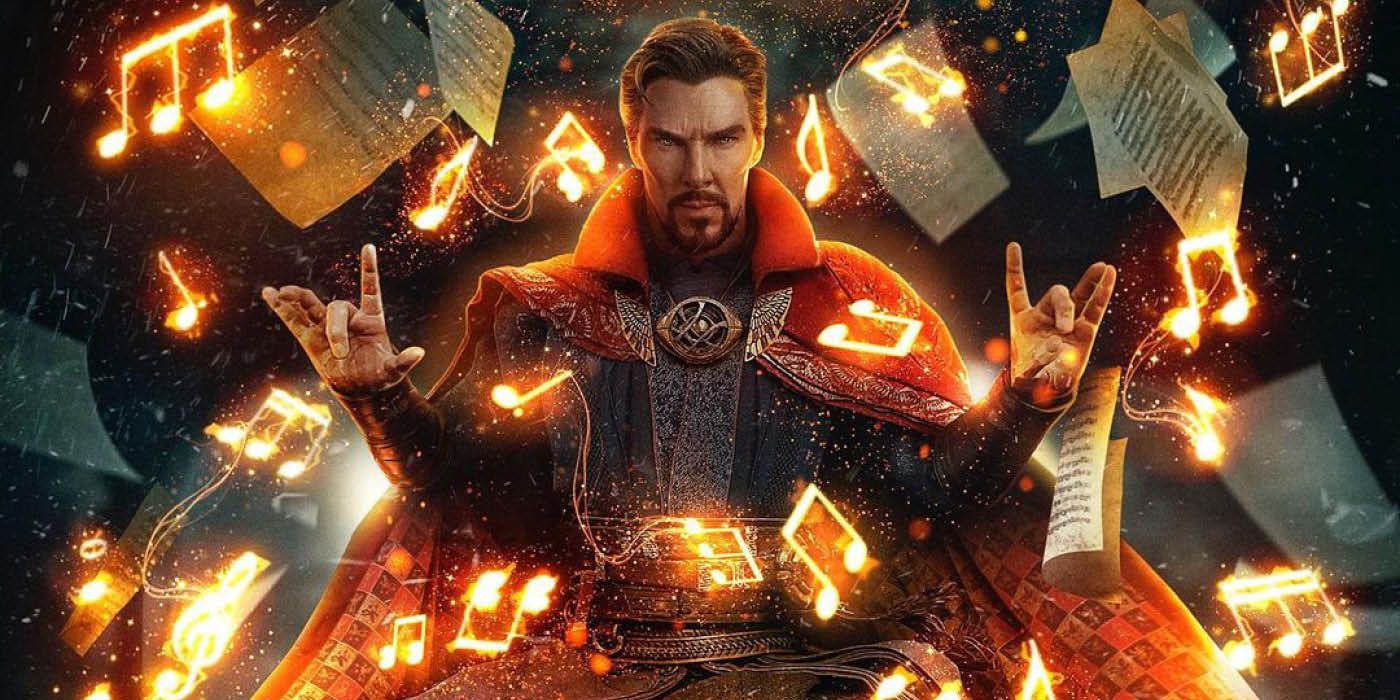
Elfman is no stranger to the Marvel Cinematic Universe, and it seems with this film, he takes a little bit of everything he’s done in the past incorporates it all into the music.
Elfman’s expert use of violins and chorus add drama. He also adds synthesizer to give an intense, weird feel to the music, a chorus, and a clock (which is a nod to Doctor Strange’s watch). All of these elements combined create a dynamic piece that tells the audience they’re in for an exciting adventure. The audience can tell how Elfman uses his creativity from his previous Spider-Man work, and applies it to the more recent Avengers movies (specifically, his work in Age of Ultron) up to this film.




